By Ken Parker
Many people who never knew John Hanlon personally may remember him as that paratrooper who took the sheets back to Bastogne. His act of gratitude received national media coverage. The story of the sheets began during the Battle of the Bulge in December 1944. Hanlon was a major in the 101st Airborne Division, commanding the 1st Battalion, 502nd Parachute Infantry Regiment.
Brought to Bastogne in southeast Belgium by trucks because of the poor weather, the 101st was assigned to hold that area. Soon surrounded, they were prime targets in their khaki overcoats against the snow. Villagers gave Hanlon their white bedsheets to cover his men, making them less visible to the enemy. By the time the 101st was relieved by elements of General George S. Patton Jr.’s Third Army, the sheets were in tatters, having been caught on branches, jeeps, and rifles, and many showed bullet holes.
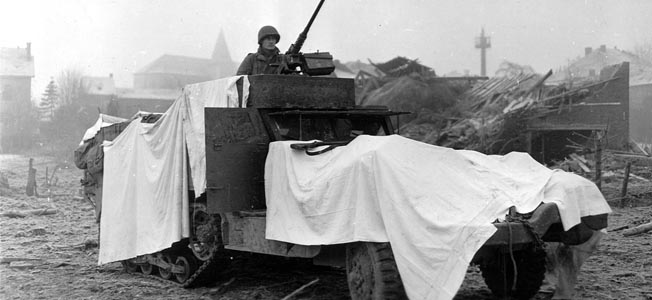
When the 101st Airborne left Bastogne, Hanlon decided that if he made it home, he would collect sheets from residents of his hometown, Winchester, Massachusetts, a few miles north of Boston, and deliver them personally to the villagers.
Returning to Belgium With Sheets
In November 1947, John began collecting sheets. By the time he had finished, he had collected 740. He flew to Bastogne with them in February 1948. His trip received national headlines, including a major story in the March 15, 1948, issue of Life magazine. When Hanlon arrived in Bastogne, the village was festooned with large colorful posters of gratitude. He was made an honorary citizen of Belgium, and the people of Bastogne sent Stations of the Cross to every church in Winchester, regardless of denomination.
John’s widow, Joan, has one of the posters and a copy of the Life magazine with John’s story. She lives in the 1780 cedar-shingled house she and John bought in 1962 at 101 Hoyt Avenue, in the Rumford section of East Providence, Rhode Island. John and Joan met in 1950 on the island of Nantucket, where each had gone for vacation. They were married on June 9, 1951, in her hometown of Cranford, New Jersey.
John took Joan to Belgium in 1957 to show her where he had served—and where he had returned the sheets. Walking down a street, they encountered a postman on a bicycle. He recognized Hanlon, stopped, and saluted him. Then, he took them to a house where Joan was taken upstairs and shown John in a photo hanging above a bed. He was the village hero. Presumably, this housewife had at least one of the sheets, maybe a pair.
“Gallantry in Action”
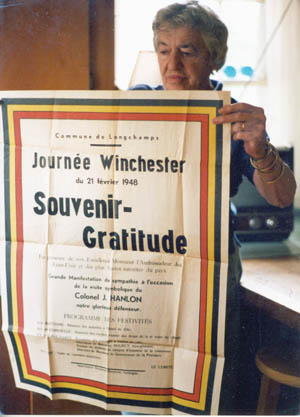
The Army also saluted Hanlon’s “gallantry in action” in the Bastogne area. In a general order dated January 10, 1945, he was awarded the Silver Star. Hanlon was later promoted to lieutenant colonel, becoming commander of the 502nd Parachute Infantry Regiment. At age 27, Hanlon was the youngest lieutenant colonel in the U.S. Army at that time, according to his widow.
“Did you ever kill a man?” John asked the author once at the Providence (R.I.) Journal, where we both worked in 1947. “No,” I said, “did you?”
“One that I know of. He was coming around the other side of a barn,” John shrugged, apologetically. “I fired first.”
Hanlon also told this writer of being wounded and being sent back to England to recuperate. “When I was OK, they sent me back to my unit. Believe me, I didn’t want to go back. It was awful.”
John was wounded during Operation Market Garden, the airborne campaign in Holland in September 1944. He and an Army doctor were taking a breather on the edge of a foxhole when he was shot in the back by a sniper. Even before calling for help in getting John to an aid station, the doctor said, “Move your feet,” to determine if Hanlon had been paralyzed. He had not, and John received the Purple Heart for the wound.
At the Providence Journal, Hanlon became a sports columnist, then a writer of a popular general column. Until his retirement in 1982, he also wrote magazine articles and Sunday feature stories. A year after he retired, the Journal published a book of selected Hanlon material. In 1991, he was inducted into the Rhode Island Journalism Hall of Fame.
John Hanlon died of cancer on April 14, 1996. He was 78 years old. His obituary in the Providence Journal recalled that he “captured life in Rhode Island with grace and honesty for 23 years …”
Joan Hanlon is an active professional portrait painter. Her mother was also a portrait painter, and her father was an illustrator for books, magazines, and newspapers. Mrs. Hanlon did a strikingly accurate portrait of John that hangs on the wall of a room devoted to pictures she has also painted of other relatives. She said she painted the portrait of John from photographs the year after he died.
First Combat in D-Day
In their first combat operation, the paratroopers of the 101st Airborne Division were to jump behind enemy lines in the predawn darkness of D-Day. German antiaircraft gunners started shooting at them, and, while the pilots were zigzagging to avoid being hit, some became disoriented and started to fly in the wrong direction.
The German fire lit the dark night enough that Hanlon could see quite well through the pilot’s windshield. Standing at the door, ready to lead his men in the jump, he saw the heavily laden troopers in the plane ahead jump over water; they never came up. He told the pilot right then, “Light the green light; we’re going right now,” and he and his men jumped.
Many service people were loath to recount their experiences, but Hanlon seemed compelled to do so. Apparently, talking about the war was a therapy for him. His oral war stories were augmented by his writings as a Providence Journal columnist.
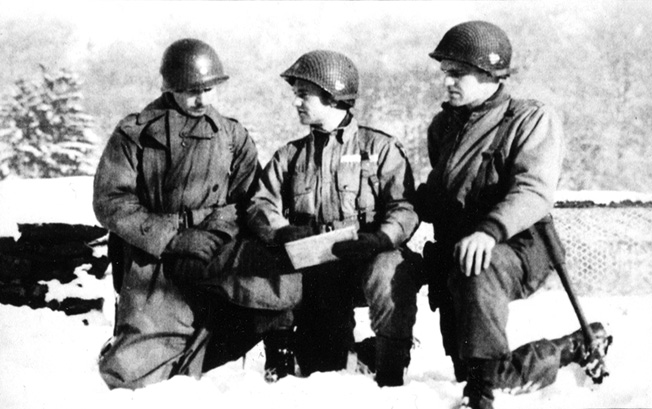
Excerpts from a column he wrote on January 17, 1991, reveal how he felt the day before he jumped into Normandy. “Before the battle, the young soldier sits alone in his tent…. Within hours he knows he will fire his first shot in anger and certainly get the same in return. His mind is muddled—by fear, by not knowing what to expect, by wondering how he will stand up to his first taste of combat.
“Fear is the worst. It is a big knot in his stomach. It comes in huge waves and engulfs him, thinking that these might be the last hours of his life. The young soldier is not ready for that. Then it wanes, and he feels some comfort in his training for this moment….
“But he also remembers an aging American officer back in the States, a veteran of an earlier war, the young soldier believes, telling them: ‘When you first take your men into the Valley of the Shadow of Death, they will look up to you with pathetic eagerness for leadership, and you’d better be ready….’
“It is late afternoon now, and the young soldier knows that the chaplain is holding the last service for his flock before the time comes. The young soldier, only mildly religious, thinks about going, then changes his mind.
“Instead, before any of his tentmates return, he kneels by his bunk and, speaking almost to himself, tells God why he bypassed the padre’s service.
“He says he is not at the service because he is not a churchgoer, and at this late stage of the game it would be hypocritical of him to ask to be spared.
“So instead, he is on his knees to seek the will to do his part properly and bravely, to curb that fear that was so strong in him. He asks: Is that being a hypocrite?
“He looks outside the tent to the company street and sees a group of men just standing there smoking and talking. He wonders. Are they troubled by the thoughts that are troubling him? Would they be looking with pathetic eagerness, and is he ready? He will find out soon.”
Hanlon’s Cricket
In an earlier column, published on June 8, 1964, in observance of the 20th anniversary of D-Day, Hanlon wrote of crickets and motion sickness pills. Crickets were little metal prizes found in Cracker Jack boxes. They did not chirp, but when squeezed, they made a clicking sound. The Army used them as identification signals during the D-Day operation.
If a GI heard a sound in the dark or on the other side of a hedgerow, he clicked once. The friendly response was two clicks. If there was no response, the GI fired. The idea was, of course, to help prevent Americans from shooting each other and, conversely, not to be jumped by a German.
Hanlon’s column explained, “With each cricket came a length of string. The string was inserted through a hole in the cricket, fastened and worn around the neck…
“My landing was quite easy, seemingly about in the middle of a small field. I got out of the gear (his parachute) and headed for the cover of a hedgerow.
“I had gone about 10 yards when I heard the definite sound of one click of a cricket coming from the bushes. I flopped down and not without some urgency, reached inside my shirt, in the vicinity of the breastbone, to get the cricket. My cricket was not there. I hastily continued probing, then felt that the string was tight up against my throat. Somehow my cricket had become turned around and was hanging down my back.
“Meanwhile, the man in the bushes had given another click of his cricket and undoubtedly was getting impatient. I clutched at the string, pulled the cricket up and out, and finally gave the two answering clicks. I went over the bushes and found my challenger. He was one of the company cooks.”
Joan Hanlon says that the way he described the incident to her was much more dramatic than the way he wrote about it. She said he told her he scratched his neck clawing for the cricket and was soaked with sweat by the time he found it.
Motion-Sickness Pills For the Airborne
Concerning the motion-sickness pills, Hanlon wrote, “These, we were told, were something new and might cause drowsiness. But they would prevent air sickness during the three-hour process of getting all the planes airborne, assembled and off to France. Each of us was issued two pills and given strict orders that they be taken shortly before takeoff.
“For me, this presented a problem. On the one hand, I was obliged to obey the instructions; on the other, I knew my reaction to pills of any sort that can cause drowsiness. That is, I am not a pill-taker by nature, then or now, and as a result have very little tolerance for them. A half an aspirin, for instance, hits me like a bomb.
“Still, orders were orders. When we were lined up by our plane and the command came to take pills, I was in no position to renege. I took both of them.
“The first flush of excitement (sometimes spelled f-e-a-r) served to ward off any reaction for 30 minutes or so, while the plane was en route to the assembly point. But when we got there and settled into the lazy drone of waiting for the others to join up, I began to feel drowsy.
“I thought I was fighting the pills, but once I was surprised to notice that about 15 unremembered minutes had elapsed between looks at my watch. Another time, the man next to me poked me in the ribs and said I was snoring. At the appointed hour over Normandy, of course, there was no problem staying awake.”
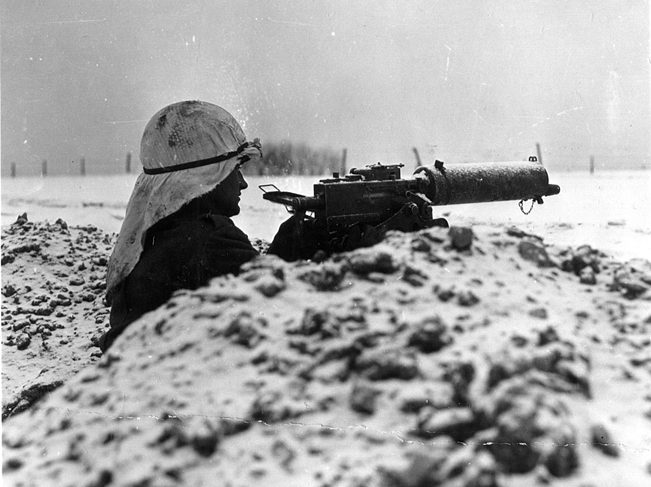
In that same column, Hanlon wrote that some time after the landing, when a couple of hundred troopers had been assembled, a senior officer was leading them down a road, with Hanlon’s group near the rear.
At the sound of firing ahead, the rear guard was told to stay put and take cover. He remembered, “We went into a ditch and sat down, and I knew that would be a disaster for me and my pills. It was. Within minutes, in my first introduction to battle, I was sound asleep.
“I don’t know how long I took my ease, but when someone shook me awake and said we were ready to move out, I felt fine. I must have slept just long enough to nullify the pills and had no further problems in that category.
“But I’ve thought a lot about that snooze. Suppose, I imagine, the column had moved out and left me, and then some high-ranker had come along and found me asleep on the battlefield? What then?
“I suppose I could have gone before the court-martial and said, ‘Sir, it was those darn pills.’ But I don’t think anyone would have believed me.”
Hanlon’s Silver Mug
Joan Hanlon owns a silver mug, four or five inches high, about two inches in diameter at the bottom and slightly smaller at the top. It is one of several that General Maxwell Taylor, commander of the 101st Airborne Division, reportedly liberated from the headquarters of Hermann Göring, chief of the German Luftwaffe.
Taylor had them engraved and gave one to each of his commanders. On the one that Mrs. Hanlon has is inscribed: “101st Airborne Division, 1944-1945, Lt. Col. J. D. Hanlon, 502nd Parachute Infantry.” At the bottom, engraved around the mug are, “Normandy, Holland, Bastogne, Central Europe.”
From UNH to the Paratroopers
While still a teenage high school student, Hanlon had applied for admission to the University of New Hampshire (UNH) in Durham. UNH happened to have a Reserve Officers Training Corps (ROTC) program. Accepted by UNH, he began his freshman year in September 1936.
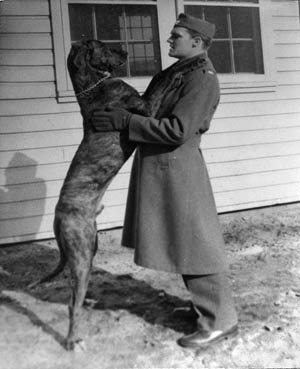
While at UNH, Hanlon was given a Great Dane pup he named Sir Lancelot. He had also applied for and been accepted in the ROTC, and he took the dog to ROTC training sessions. Unfortunately, during the dress parade ceremony celebrating ROTC graduation, Sir Lancelot was struck by a jeep and died. Membership in ROTC paid for John’s tuition, in return for which, upon graduation, he was obliged to serve four years in the U.S. Army Reserve.
Besides the financial incentive, Hanlon was obviously military oriented, as shown by his graduation in June 1940 as the top ROTC graduate at UNH. Hanlon was an admirer of Brig. Gen. Theodore Roosevelt Jr., a decorated hero of World War I, and used his graduation standing to request assignment to Roosevelt’s Army Reserve unit.
In 1942, Hanlon learned that paratrooper cadets were being offered $50 a month over their current military salary as a recruiting incentive, and he transferred to the Regular Army so he could apply. When he transferred, Hanlon was assigned to Fort Devens, an Army reception center in Ayer, Massachusetts, where he applied for the paratroopers and was accepted. While Hanlon was awaiting assignment to the next jump school at Fort Benning, Georgia, a plane crashed in nearby Pittsfield, Massachusetts. Devens personnel were sent to the crash site for rescue work.
The plane had burned, however, and everyone aboard with it. Years later, Hanlon told his wife that the burned bodies smelled like lamb cooking, and he never ate lamb afterward. When he graduated from parachute training, Hanlon was assigned to the 101st Airborne Division. His illustrious career with the 101st is history, and in 2002 the UNH ROTC program inducted John D. Hanlon into its Hall of Fame.
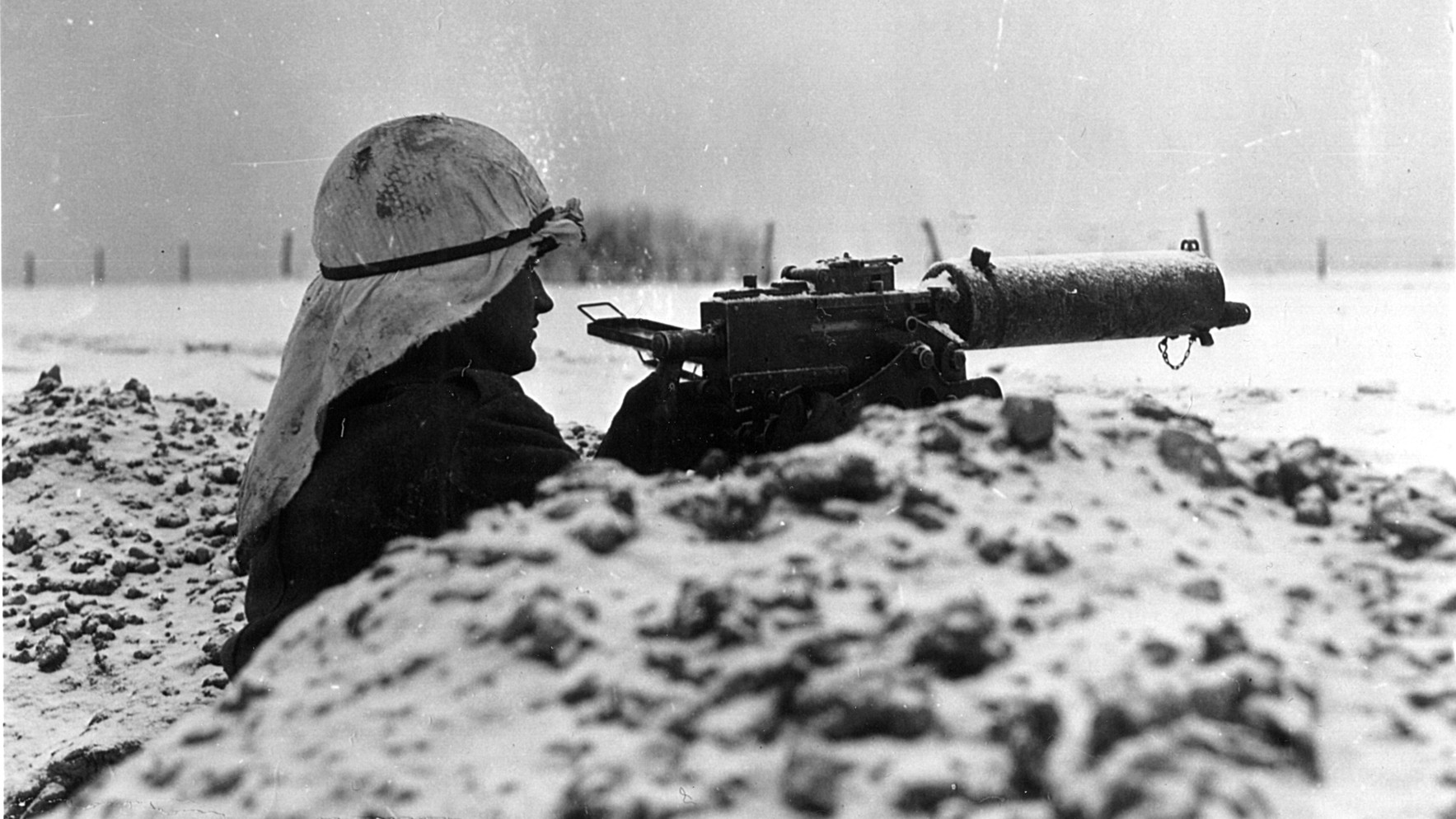
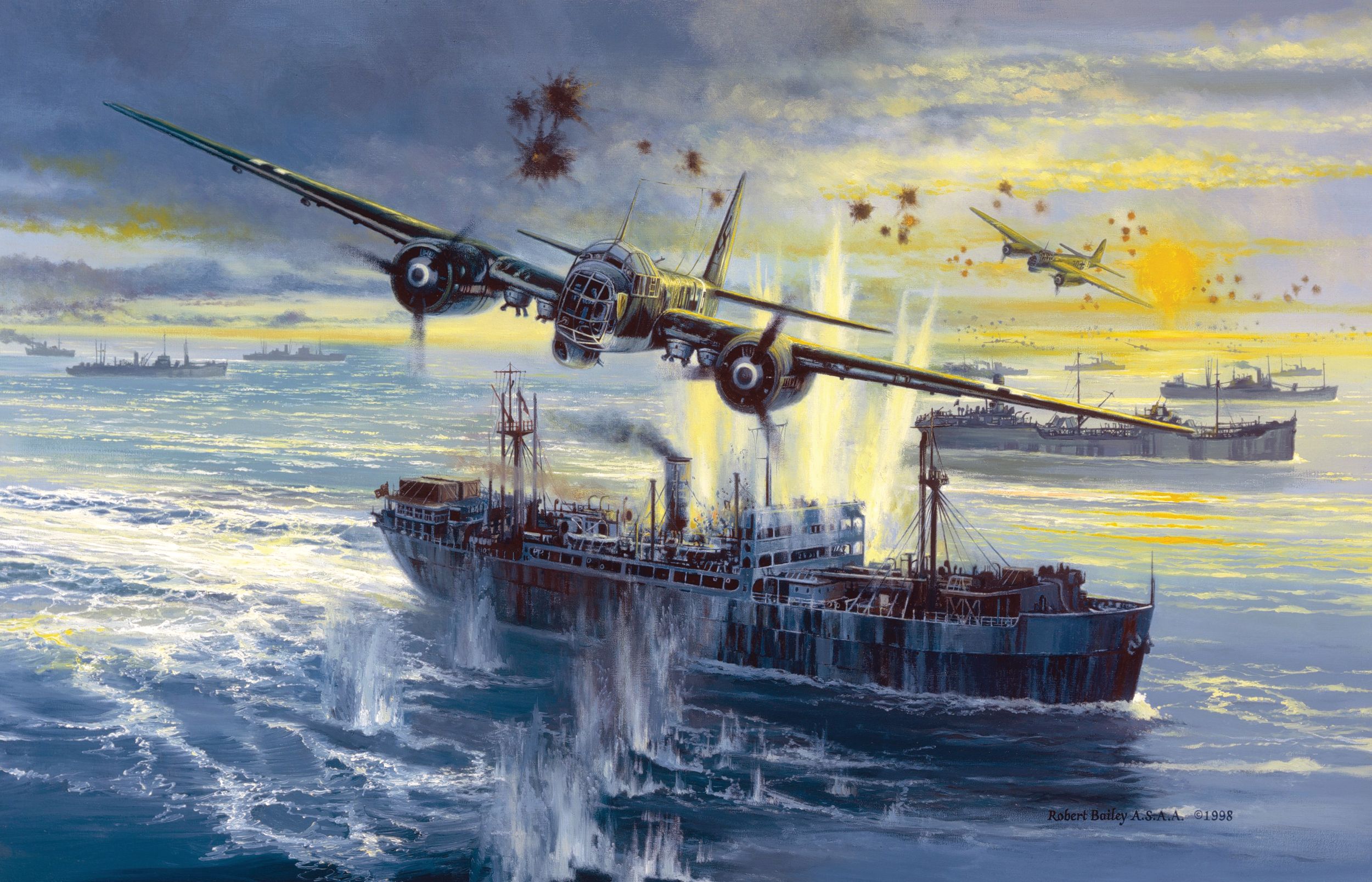
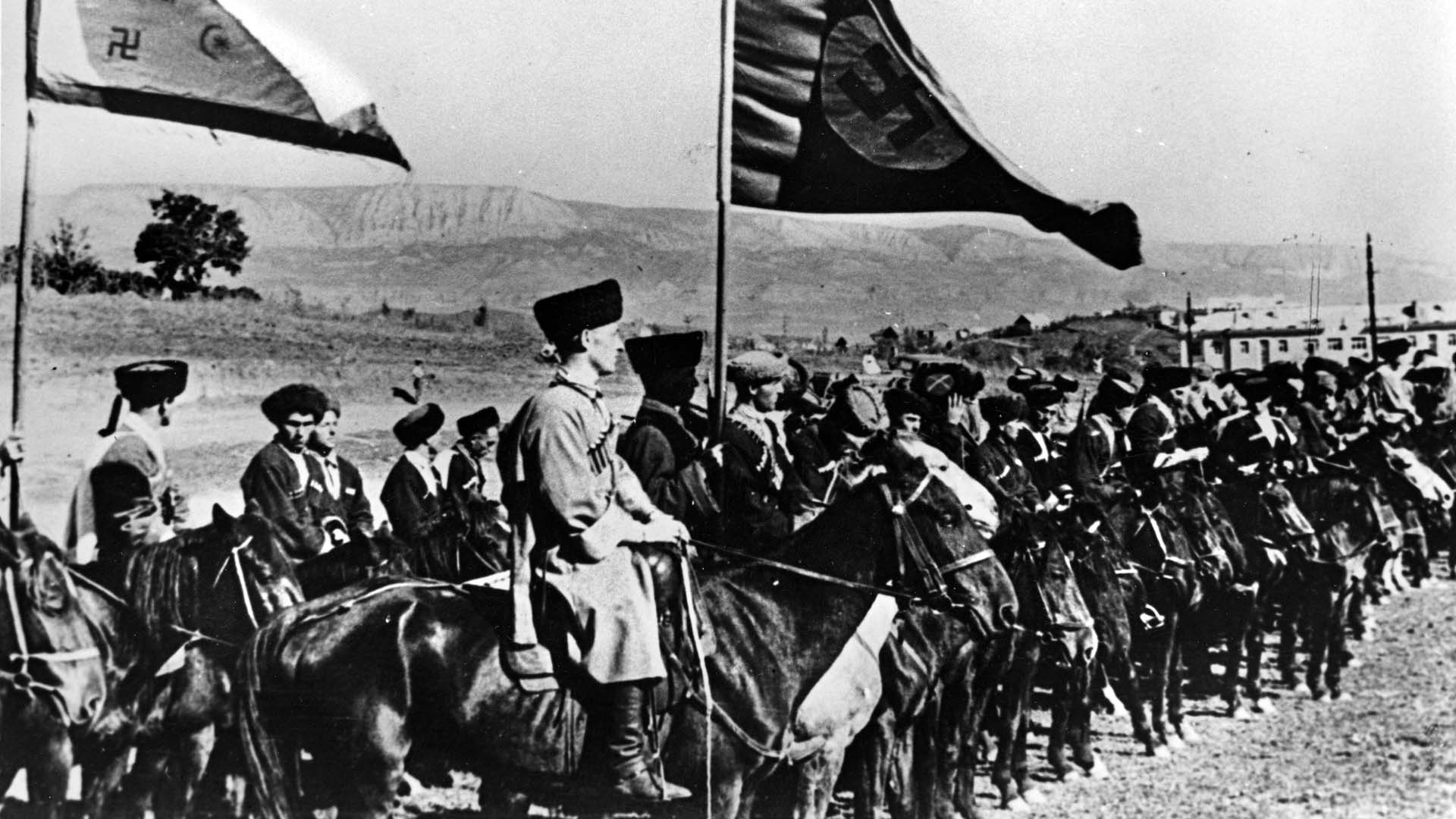
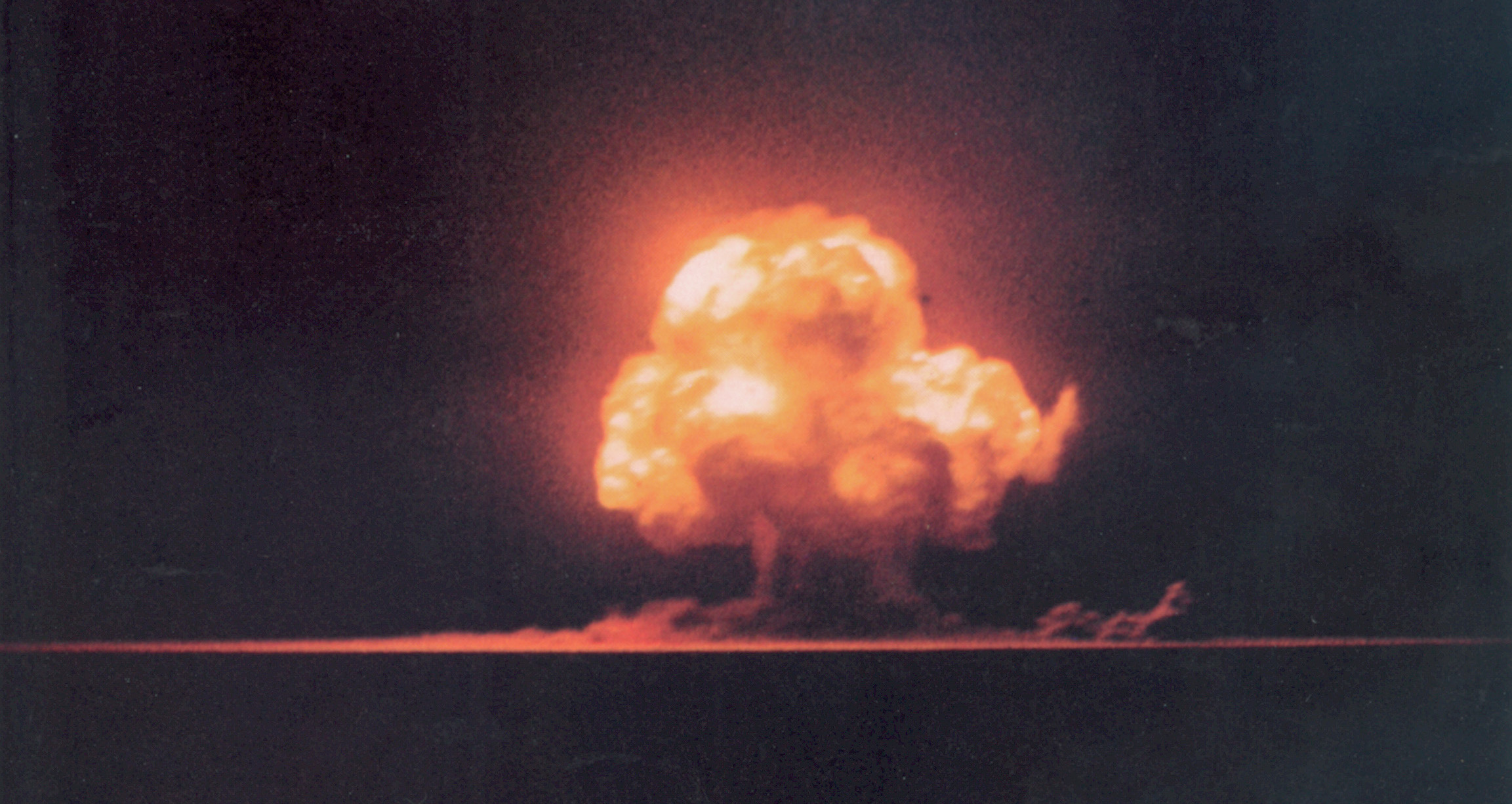
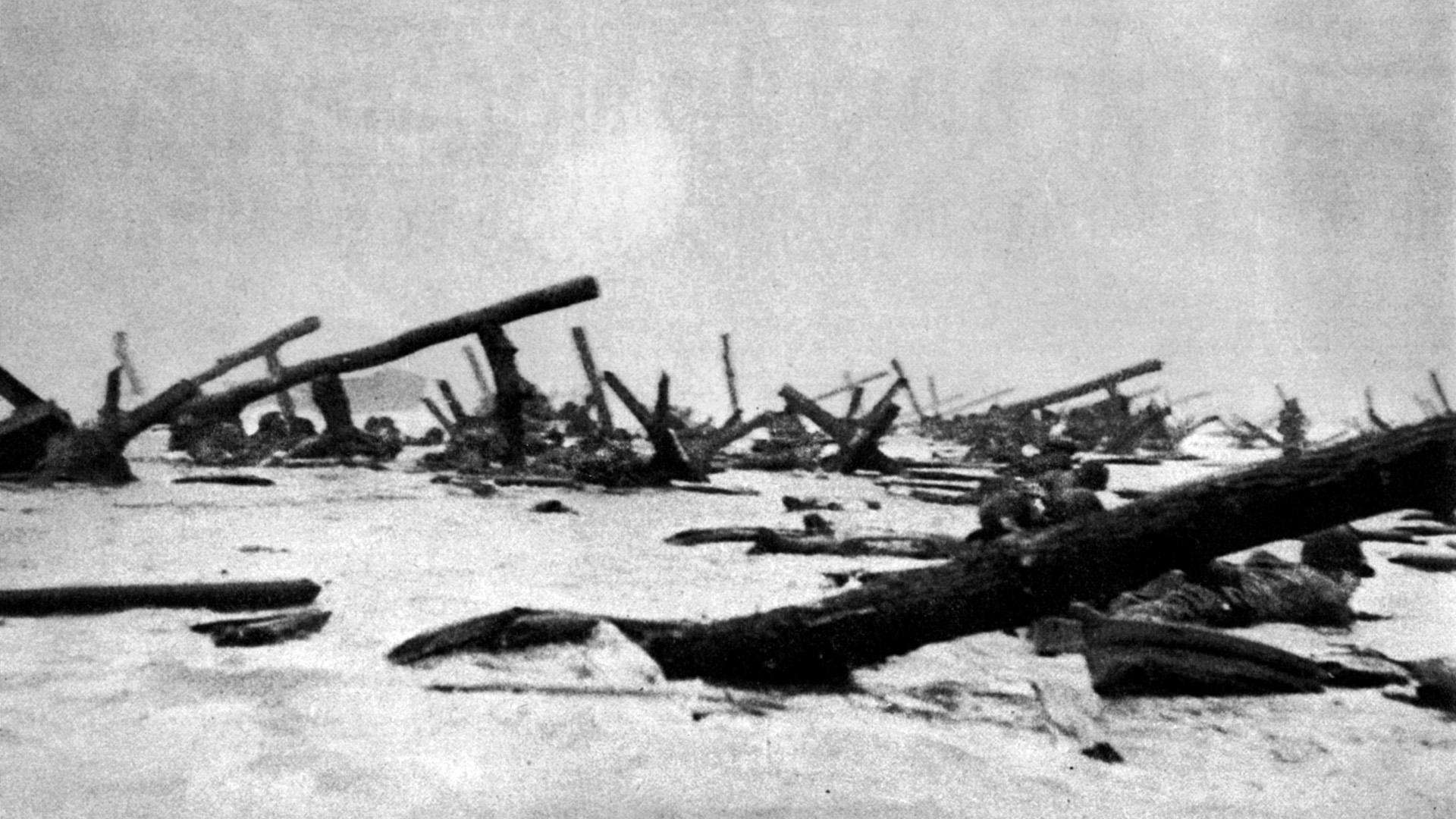
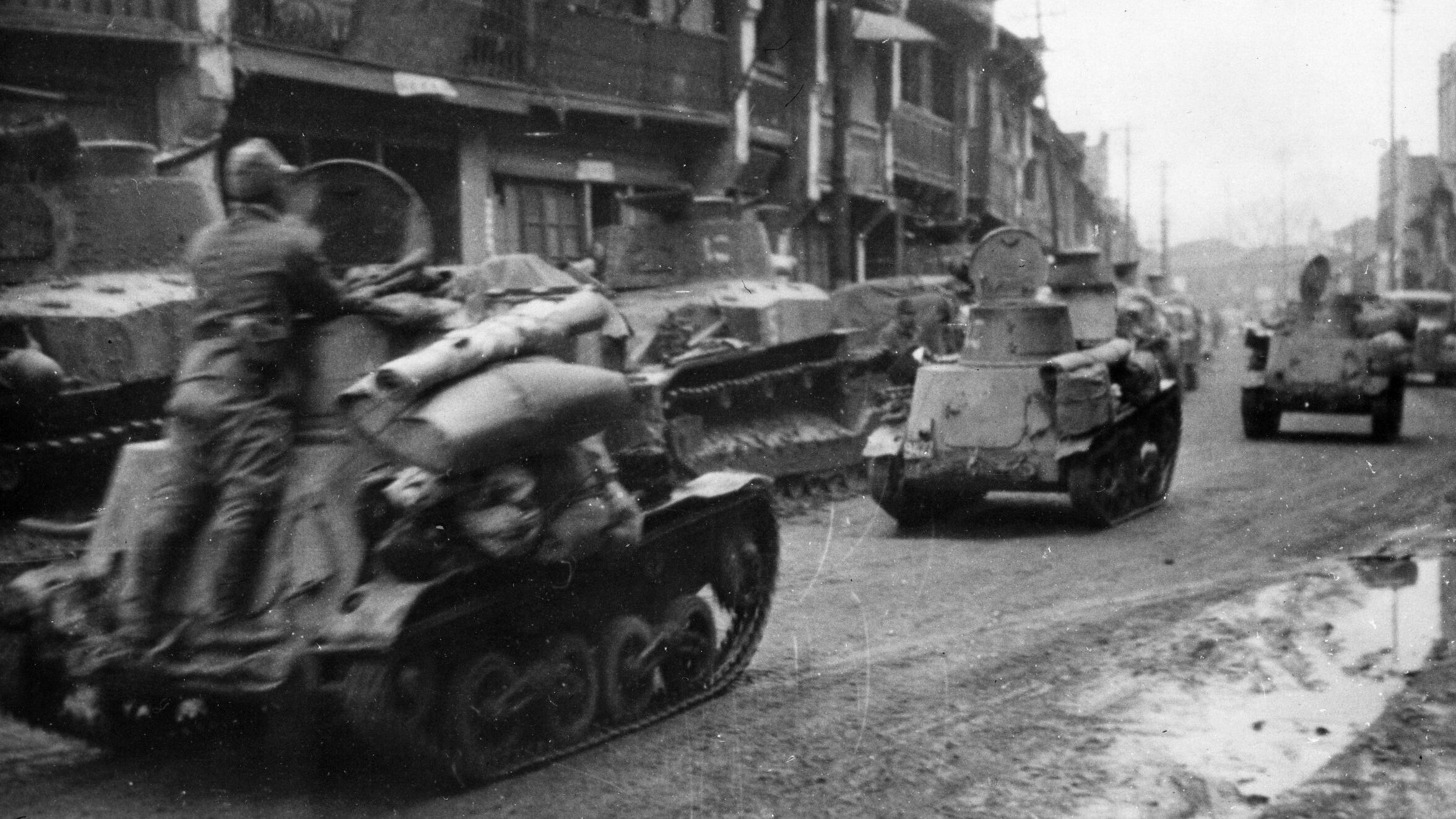

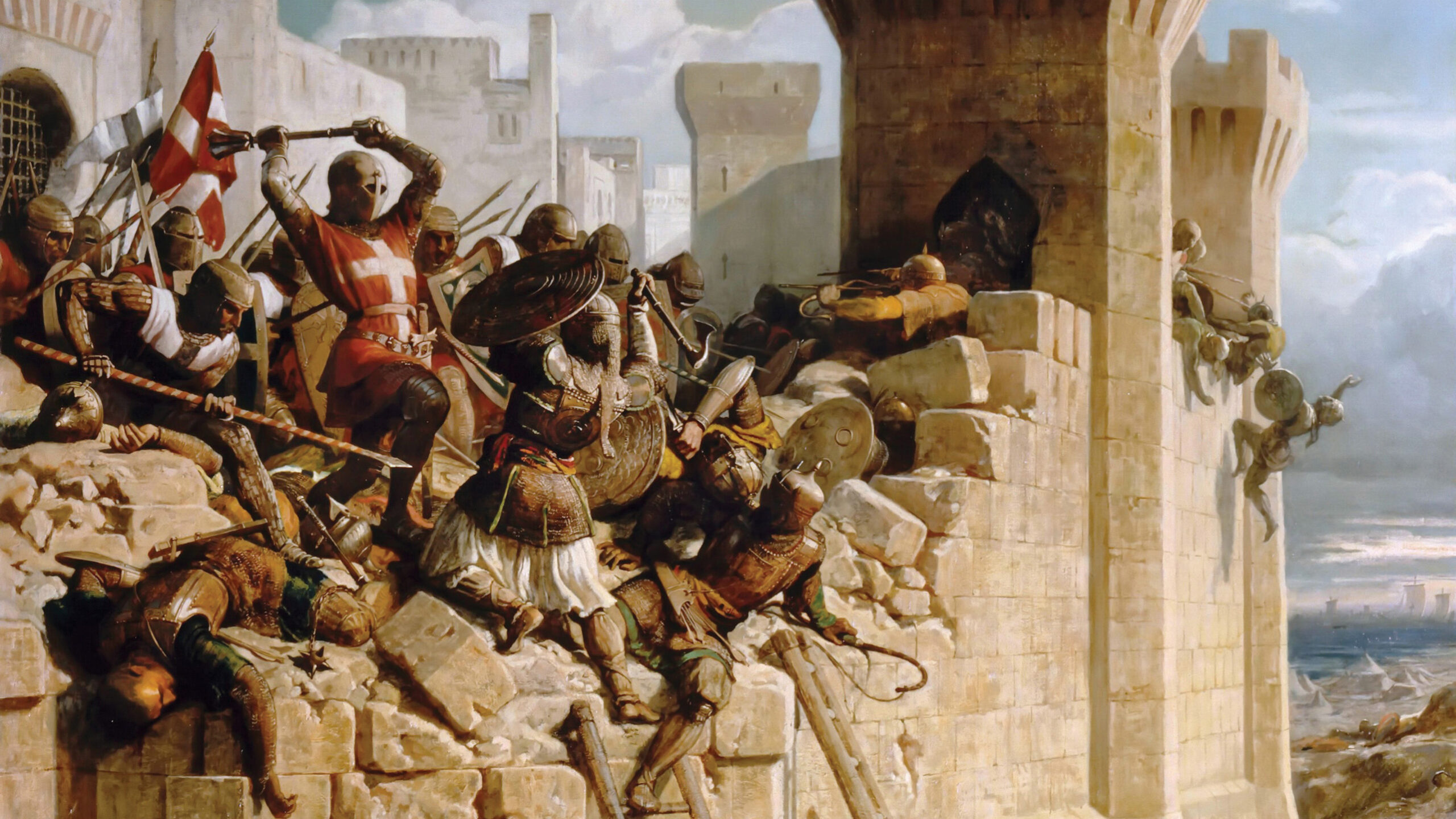
That’s quite a story. A powerful, enjoyable and quite humbling read. Thanks so much for sharing Lt. C. J. Hanlons story with the world. It truly deserves it.
J. F. Brady.
(Amateur) Military Historian.
Lothian, Scotland
Nov 2020.
Well said, sir.
A great read. LTC Hanlon more than met the challenge of combat.
Just finished reading the excellent book, No Silent Night, by Leo Barron about the Christmas Day battle for Bastogne.
John Hanlon is mentioned frequently in the book.
The photo of the soldier in the half-track covered with sheets is an Army Signal Corps photo taken near Bastogne, Belgium on 27 Dec 1944. Here is the text from the original photo. Note that the town of Bastogne is mentioned as being in the province of Luxembourg within Belgium. Combat Command B of the 10th Armored Division was defending the outskirts of the Bastogne and prevented the Germans from taking the town while the 101st Airborne was still arriving in Bastogne.
Text about the sheet covered half-track photo
“Tec 5 Walter W. Streetman, of Detroit, Michigan, a member of the 10th Armored Division, stands guard by his machine gun in his camouflaged half-track, on the outskirts of Bastogne, Luxembourg. The white sheet provides camouflage for the vehicle in the snowy terrain. 10th Armored Division, near Bastogne.” Photographer: Pfc. Sam Gilbert. Date: December 27th, 1944.